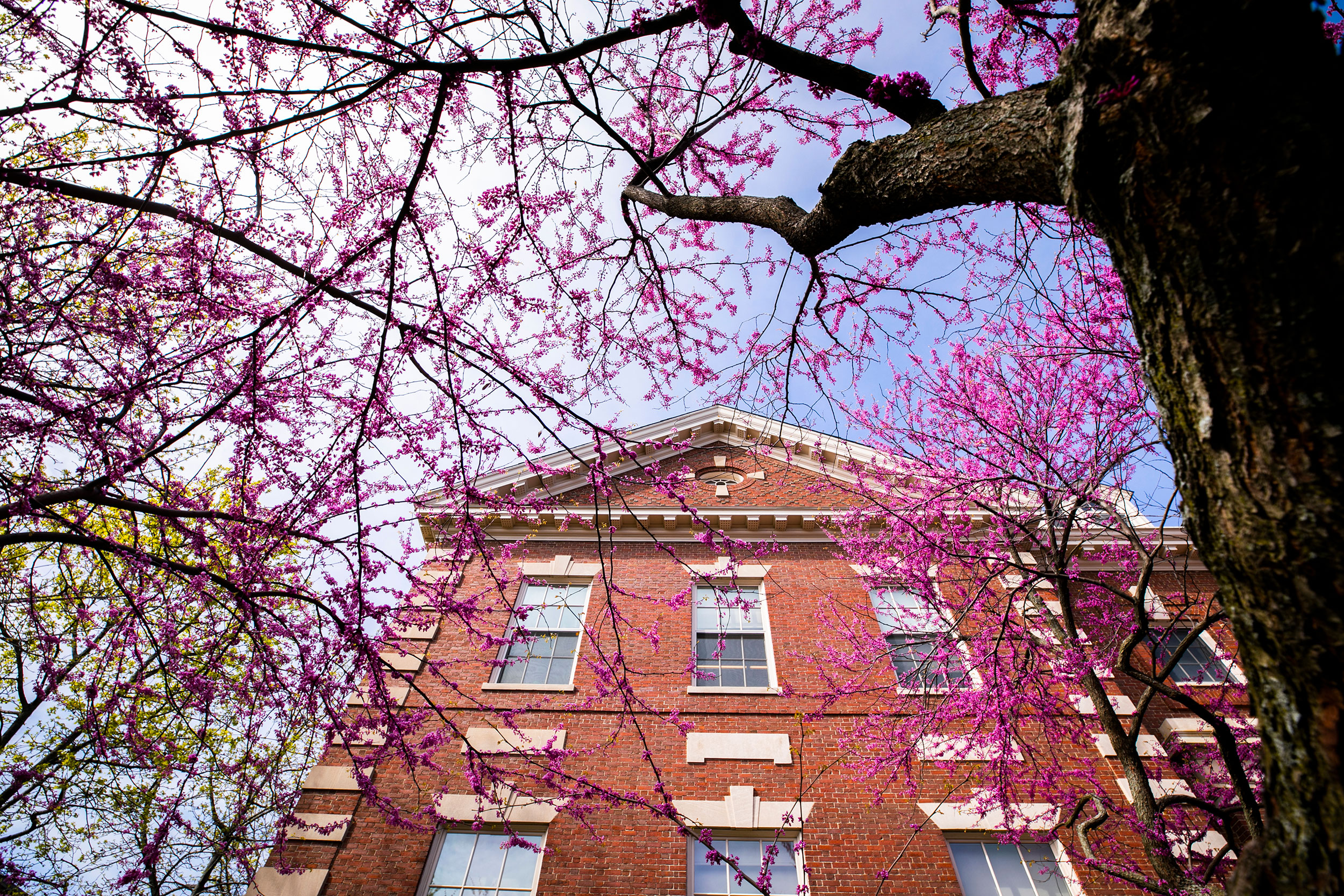
The Barker Center at Harvard.
Stephanie Mitchell/Harvard Staff Photographer
Class of 2027 yield continues strong trend
Admitted students will benefit from second expansion of Harvard Financial Aid Initiative in two years
Slightly more than 84 percent of those accepted to the Class of 2027 indicated they would be coming to Harvard this fall — continuing a trend of historically strong yields for a fourth year. As a result only a small number of students will be admitted from the waiting list. In addition, 13 transfer students will join the academic community this fall.
Students with the Undergraduate Admissions Council, Undergraduate Minority Recruitment Program, Harvard Financial Aid Initiative, Harvard First Generation Program, and Harvard College Connection continued their annual recruitment efforts this year by calling and emailing admitted students to answer questions and highlight specific opportunities: 130-plus first-year seminars; a robust support system that includes more than 400 first-year advisers, 200 peer advising fellows, and 60 resident proctors. In addition students will be able to avail themselves of research opportunities with close faculty collaboration; 49 secondary fields; and a robust General Education program.
Financial aid was a crucial consideration for a large number of those enrolling in the Class of 2027. Nearly 68 percent of enrolling students applied for aid; nearly 24 percent come from families making less than $85,000 per year; and 28.4 percent requested application fee waivers.
Continuing its commitment to providing opportunity for all talented students regardless of their economic resources, Harvard again expanded its Harvard Financial Aid Initiative (HFAI) for low- and middle-income families. Beginning with the Class of 2027, the cost to attend Harvard College, which includes tuition, room, board, and all fees, will be free for families with annual incomes below $85,000.
For the Class of 2026, Harvard increased the $65,000 annual income threshold to $75,000 and in recent years eliminated the summer work expectation from awards, replacing it with scholarship funds. Students are not required to take out loans and are expected to contribute only $3,500 through term-time work to meet their estimated personal expenses, including books.
At this time, women and men comprise about 53 and 47 percent of the class, respectively.
Prospective social science concentrators constitute 29.8 percent of the new first-year students; 16.4 percent have expressed interest in computer science and engineering; 30.2 percent in the natural sciences; 16.3 percent in humanities; and 7.2 percent undecided. Asian Americans make up 29.8 percent of the class; African Americans 14.1 percent; Latinx 11.1 percent; and Native Americans and Native Hawaiians 2.3 percent so far. International students constitute 15.6 percent of the class.




